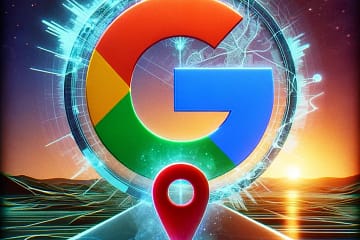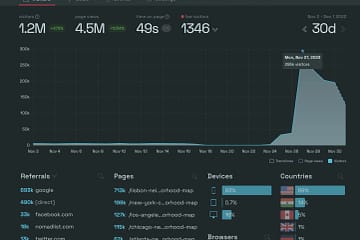TIL there is a secondary market for Life Insurance policies and Warren Buffett’s Berkshire Hathaway Life Insurance Company has been active in this market since 2001. Bill Gates has also invested more than $500 million of his personal net worth in this asset class
The primary life insurance market involves insurance policies that originate through a transaction between an insurance company and the policy owner.
In the secondary market, individuals or companies purchase existing life insurance policies from policyholders.
In this transaction, the policy owner sells an in-force but unwanted or unneeded insurance policy to a third-party buyer for a lump-sum cash payment. There are two core types of transactions in the secondary market:
1. Life settlements: Generally reserved for insureds over the age of 65, and
2. Viatical settlements: Only available to insureds who have been diagnosed with a terminal illness.
Benefits of a life settlement or viatical settlement for policy owners:
1. Generates a large, lump-sum payment – 4x the cash surrender value
2. Eliminates a recurring expense – next premiums will be paid by the buyer
In 1911, the U.S. Supreme Court established that life insurance policies are assets – and assets come with the right to be sold.
But the industry boomed in the 1990s when millions of people were becoming infected with AIDS. Young people infected with AIDS had a life expectancy of 2-3 years. But they had no assets apart from their life insurance policies. Hence viatical settlements increased.
Eventually, with medical advancements, the buyers started becoming solvent since they had to pay the premium for a longer duration
This is where life settlement came into the picture for Senior citizens (65+), creating a win-win situation for all the parties involved.
In India, S. 38 of the Life Insurance Act of 1938 allows for the free and unrestricted transfer or assignment of life insurance policies. In 2015, this was amended and now allows an insurer to refuse assignment or transfer of a policy in case: “
(i) It was made in bad faith;
(ii) is contrary to the policyholder’s interest;
(iii) is against public interest;
(iv) or was made solely for the purpose of trading the policy
One major query remains as to who buys these life settlements.
The biggest purchaser of life settlements is insurance companies.
Yes. Insurance companies buy their own policies as well as other insurance company’s policies
Note: In case you are looking for a Product Management course, I would highly recommend joining this cohort-based course – ISB Executive Education – Product Management program
PS: You can connect with me for review or referral discount (link for referral discount)


